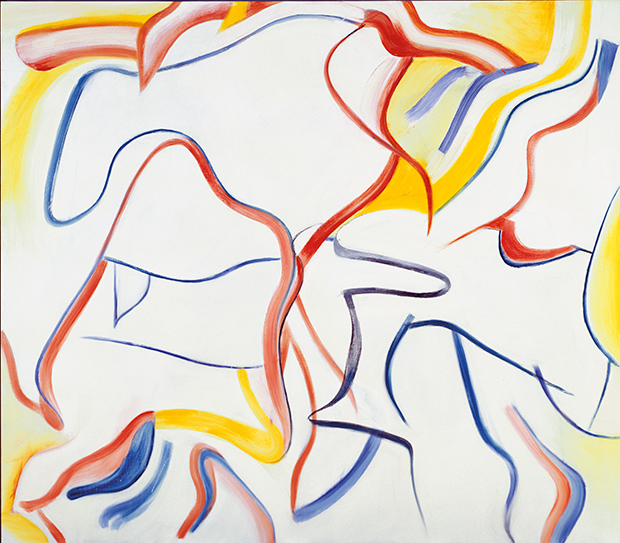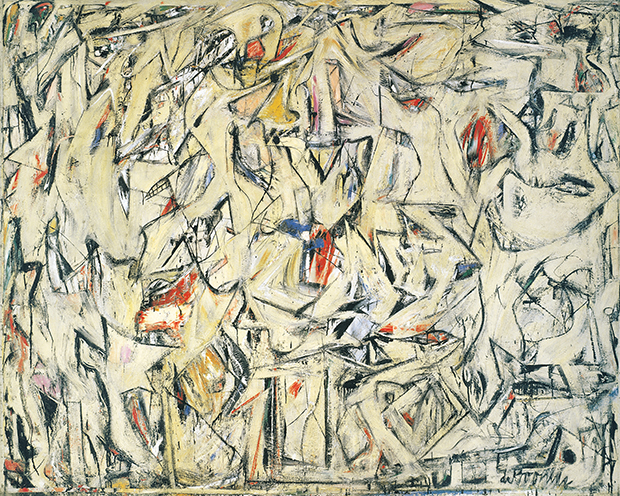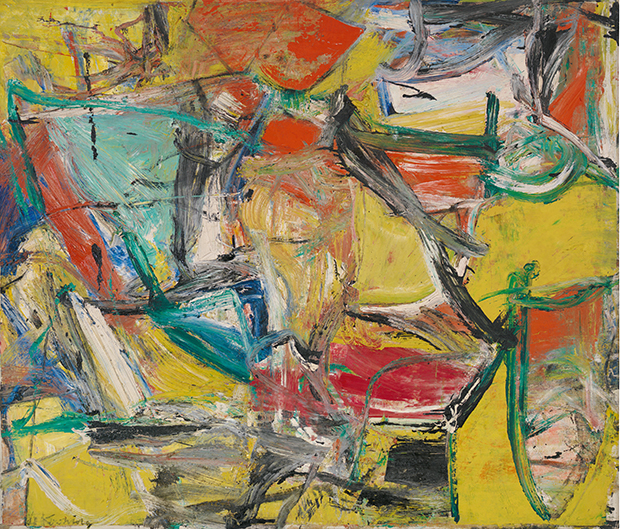
Can de Kooning help cure Altzheimer's?
Feeling less than sparky this January? >>>>>
An artist’s medical record doesn’t often crop up in the reviews, yet in some instances it’s more or less unavoidable.
“By the 1990s, the state of de Kooning’s criticism was such that even favourable re-evaluations of the late paintings became inseparable from considerations of the painter’s mental condition,” writes Judith Zilczer in A Way of Living: The Art of de Kooning. “In an extended review for the Village Voice provocatively titled ‘Altzheimer’s Expressionism’ the art critic Kay Larson argued that the ‘power, charm, and grace’ that she now observed in de Kooning’s final paintings became inseparable from considerations of the painter’s mental condition.”

However, a new psychological study of de Kooning’s work suggests the onset of mental decline may have been noticeable in the artist’s earlier works.
Dr Alex Forsythe, Senior Lecturer at the University of Liverpool’s School of Psychology, looked at over 2,000 paintings by seven artists, including de Kooning and others such as Salvador Dali, who did suffered from mental decline in later life, alongside others, including Picasso and Marc Chagall, who did not.
Forsythe and her team carried out a fractal analysis, looking for specific geometric patterns that repeat themselves on a larger scale.

Fractals can be found in natural forms, such as snow flakes, river networks and in trees. Within the paintings, Forsythe’s researchers found fractals in many works of art. However, Forsythe and co noticed that the incidence of fractals dropped rapidly in the later paintings made by the artists who suffered from mental decline. De Kooning’s pictures showed the greatest change; the researchers identified a great deal of fractal dimensions in his earlier works, yet the incidence declined rapidly after the painter turned 40, decades before he was diagnosed.

Don’t go taking the easel along to the doctor’s office just yet; Dr Forsythe herself doesn’t believe the study presents a useful tool for diagnosis, but instead “new directions for research into dementia.”
Perhaps one day de Kooning's abstract works could lead to a very concrete cure for senility. For more on the artist's life and work order a copy of A Way of Living: The Art of de Kooning here.